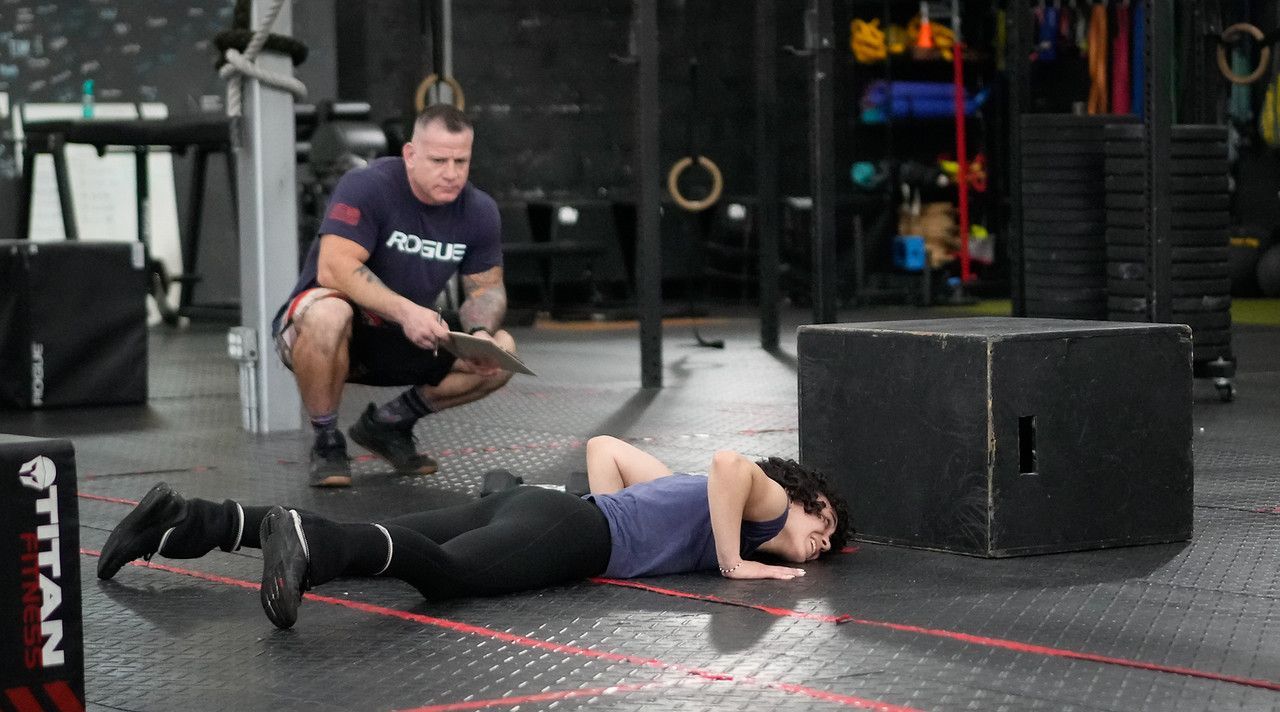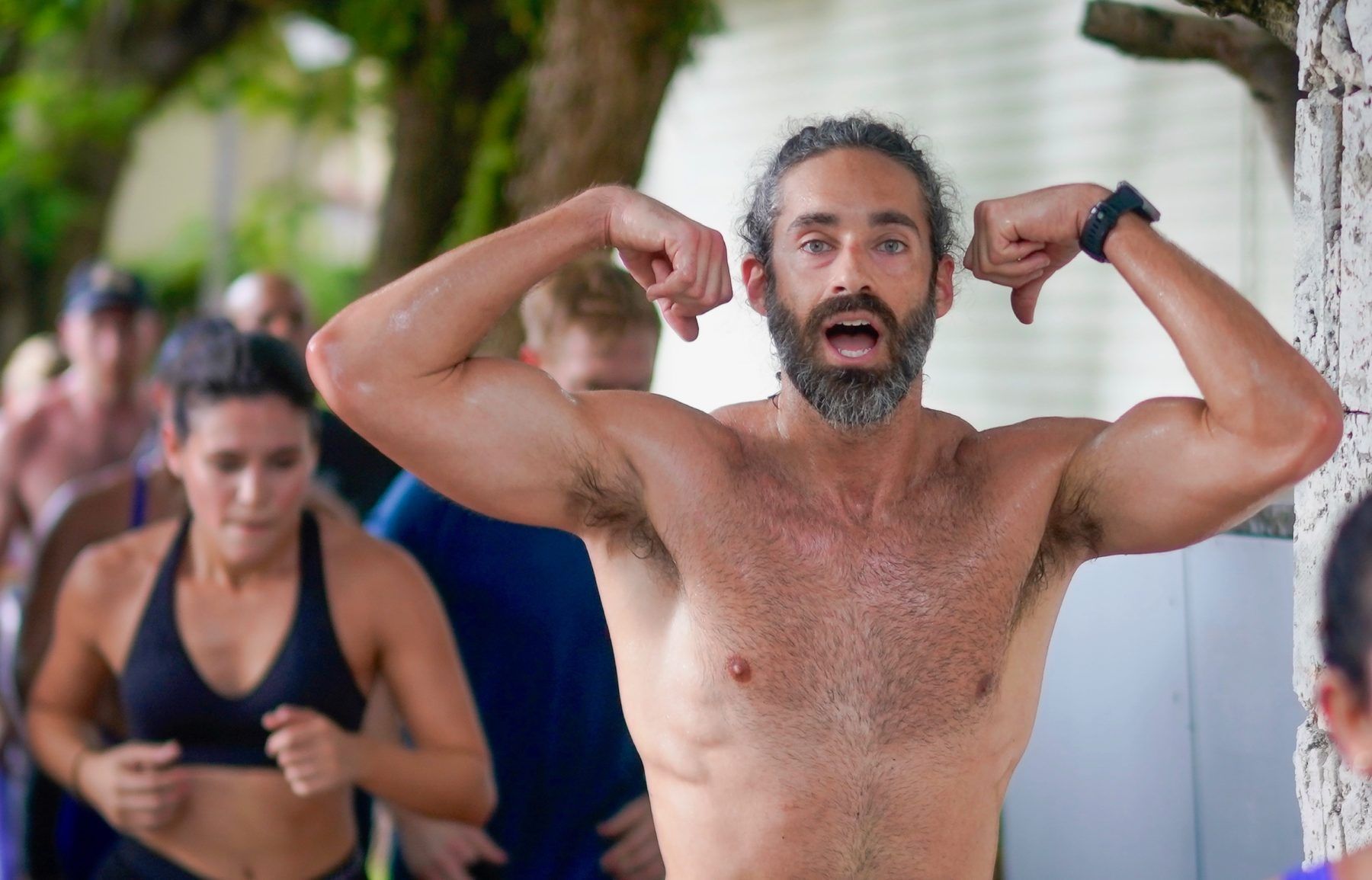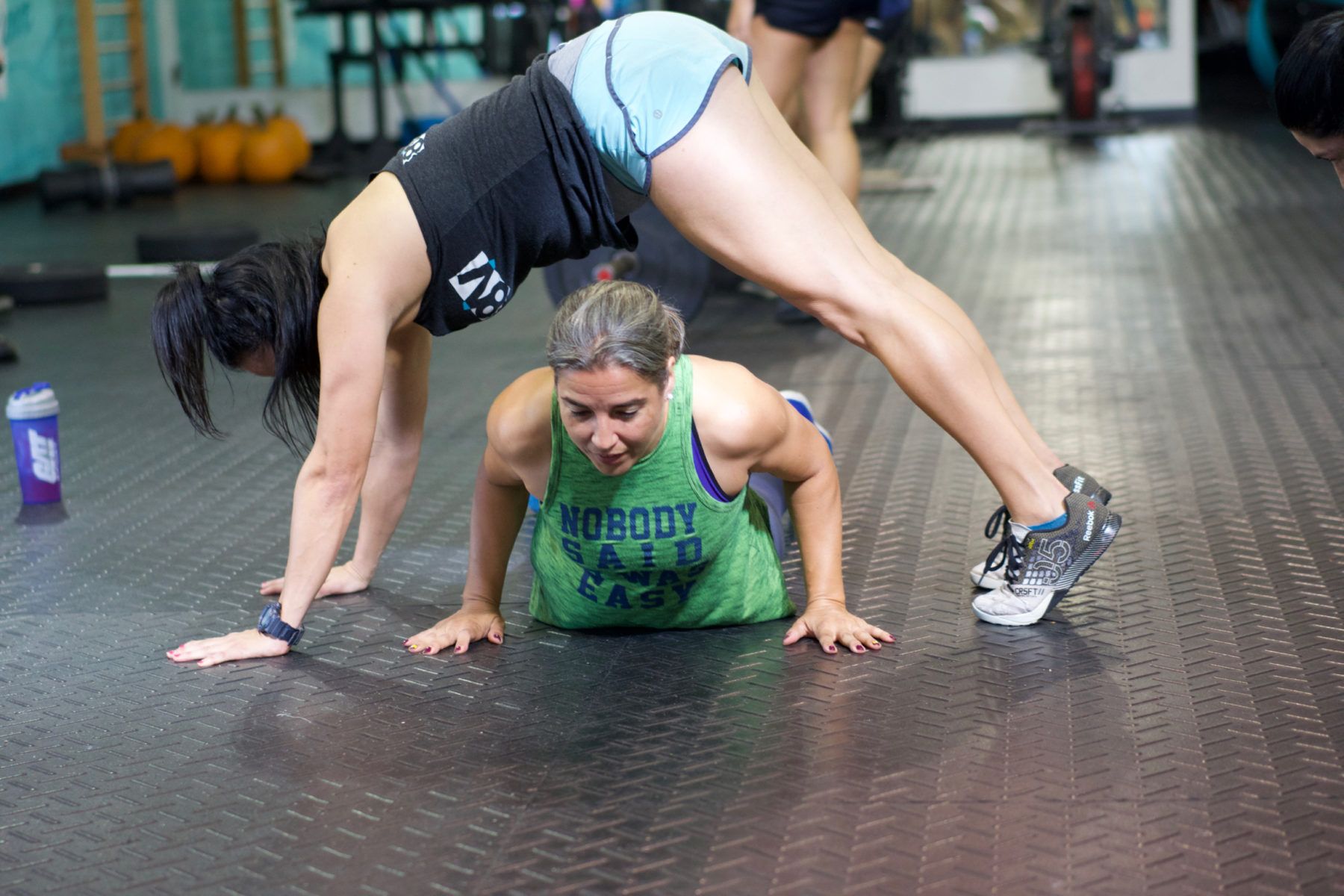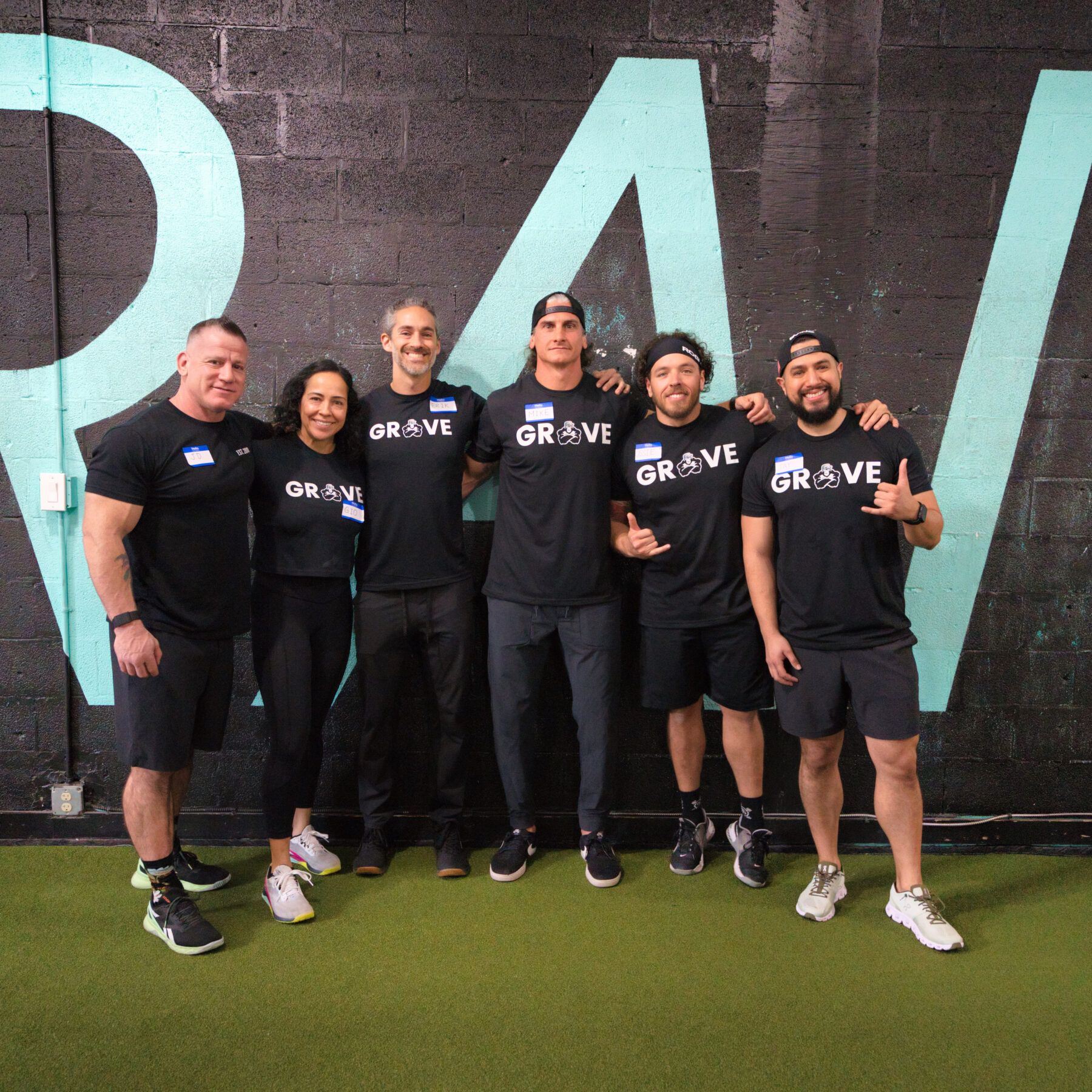Train 8NINE
Home of CrossFit Coconut Grove
Discover the best CrossFit classes in Miami, FL plus our signature 8N Pillars program, expert personal training and more at Train 8NINE. Join us in the gym for a free class today!
Discover The Best CrossFit in Miami
Welcome to Train 8NINE, the premier CrossFit gym in Miami, FL where fitness meets community, and goals become achievements. Located in Coconut Grove and home to CrossFit Coconut Grove, Train 8NINE is more than just a gym; it's a vibrant community dedicated to pushing boundaries, fostering support, and guiding you on your journey to a stronger, healthier self. Explore our world-class fitness offerings, and join a community that celebrates every step of your fitness evolution.
Fitness For All
Anyone can experience life-changing growth at our gym.
Performance Tracking
Track progress, log workouts and connect with coaches in our member app.
Expert Coaches
Achieve your fitness goals with the support of our amazing team of coaches.
Real Community
Join a supportive, motivational community of athletes.
Featured Programs
Gym Schedule
With CrossFit classes and gym access available every day of the week, Train 8NINE is here to help you get in a fitness routine that will yield real results. Check out our weekly class schedule below and join us for a workout today!
| Monday |
|---|
| CrossFit 5:30am - 6:30am |
| CrossFit 6:45am - 8am |
| Open Gym 8am - 9:45am |
| CrossFit 10am - 11am |
| Open Gym 11am - 12pm |
| CrossFit 12:10pm - 1:10pm |
| Open Gym 1:15pm - 3:45pm |
| CrossFit 4:15pm - 5:15pm |
| CrossFit 5:15pm - 6:15pm |
| CrossFit 6:30pm - 7:45pm |
| CrossFit 7:45pm - 9pm |
| Tuesday |
|---|
| CrossFit 5:30am - 6:30am |
| CrossFit 6:45am - 8am |
| Open Gym 8am - 9:45am |
| CrossFit 10am - 11am |
| Open Gym 11am - 12pm |
| CrossFit 12:10pm - 1:10pm |
| Open Gym 1:15pm - 3:45pm |
| CrossFit 4:15pm - 5:15pm |
| CrossFit 5:15pm - 6:15pm |
| CrossFit 6:30pm - 7:45pm |
| CrossFit 7:45pm - 9pm |
| Wednesday |
|---|
| CrossFit 5:30am - 6:30am |
| CrossFit 6:45am - 8am |
| Open Gym 8am - 9:45am |
| CrossFit 10am - 11am |
| Open Gym 11am - 12pm |
| CrossFit 12:10pm - 1:10pm |
| Open Gym 1:15pm - 3:45pm |
| CrossFit 4:15pm - 5:15pm |
| CrossFit 5:15pm - 6:15pm |
| CrossFit 6:30pm - 7:45pm |
| CrossFit 7:45pm - 9pm |
| Thursday |
|---|
| CrossFit 5:30am - 6:30am |
| CrossFit 6:45am - 8am |
| Open Gym 8am - 9:45am |
| CrossFit 10am - 11am |
| Open Gym 11am - 12pm |
| CrossFit 12:10pm - 1:10pm |
| Open Gym 1:15pm - 3:45pm |
| CrossFit 4:15pm - 5:15pm |
| CrossFit 5:15pm - 6:15pm |
| CrossFit 6:30pm - 7:45pm |
| CrossFit 7:45pm - 9pm |
| Friday |
|---|
| CrossFit 5:30am - 6:30am |
| CrossFit 6:45am - 8am |
| Open Gym 8am - 9:45am |
| CrossFit 10am - 11am |
| Open Gym 11am - 12pm |
| CrossFit 12:10pm - 1:10pm |
| Open Gym 1:15pm - 3:45pm |
| CrossFit 4:15pm - 5:15pm |
| CrossFit 5:15pm - 6:15pm |
| CrossFit 6:30pm - 7:45pm |
| Saturday |
|---|
| Gorilla Hour 9am - 10am |
| CrossFit 10:30am - 11:30am |
| Sunday |
|---|
| Open Gym 10am - 12pm |
Membership Plans
We've got memberships to match whatever your schedule and fitness goals might be. Sign up today!
Start building a better you
Questions or comments? Get in touch with us today.
Contact Us
We will get back to you as soon as possible.
Please try again later.
What Our Clients Have to Say
This gym is just awesome! It has the best training programs and the best coaches I have seen. Positive energy is everywhere and no worries about the equipment because it has EVERYTHING you need to become healthier. It just feels like your home.
Saimel T.
Train8NINE, and all the coaches, are amazing. They create workouts to build your strength and hone your skills, there is an actual purpose to the workouts. I highly recommend Train 8NINE to everyone. If you're thinking about joining Train 8NINE. This is a great place to get a good workout, Meet with very friendly and welcoming members.
Mark S.
Train 8Nine is the BEST gym! The coaches are extremely passionate, engaged, and knowledgeable. Regardless of skill level, they motivate you to be the best version of yourself. The schedule is very convenient with classes offered in morning, midday, and evening times. Lastly, the environment is INCREDIBLE with supportive/inspiring members. Love my 8Nine family!
Miguel G.
have trained in several CrossFit gyms in different countries, I could tell you that at 8Nine you will find a second home that you will not want to leave, equipment and facilities are at 100% but you will be more than happy, and surprised by the quality of the coaches, programming and such a wonderful community, just Amazing
Jose R.
Ready to find your fitness breakthrough?
From group CrossFit classes to comprehensive fitness and wellness programs combining workouts with nutrition and lifestyle coaching, we're ready to help you find the personal growth you're seeking, no matter your goals or current fitness level. Get in touch today to book your first class and start your journey to better health and wellness!
Quick Links
CONTACT
3117 Bird Ave, Miami, FL 33133, United States of America
HOURS
- Mon - Thu
- -
- Friday
- -
- Sat - Sun
- -










